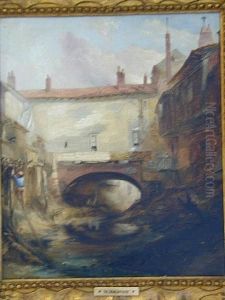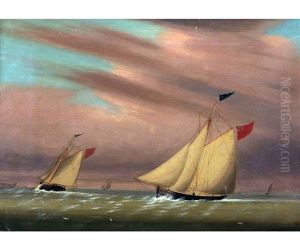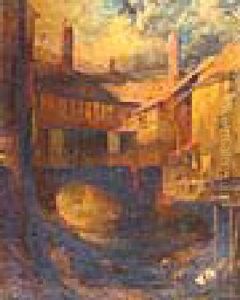Henry Baines Paintings
Henry Baines was an English artist known for his work as a landscape painter and botanical illustrator. Born in 1823 in York, England, Baines's artistic talents became apparent at an early age, and he was largely self-taught in his craft. Throughout his life, he developed a deep passion for the natural world, which is vividly reflected in his paintings and illustrations.
Although not as widely recognized as some of his contemporaries, Baines's work was appreciated for its attention to detail and its faithful representation of British flora and landscapes. He often ventured into the countryside to find inspiration for his art, capturing the changing seasons and the diverse plant life of the region. His botanical illustrations were noted for their accuracy and were sometimes used for scientific purposes, contributing to the field of botany.
Baines was active during the Victorian era, a time when there was a significant interest in the natural sciences, including botany. This cultural context provided a receptive audience for his work. He exhibited some of his pieces at local art shows and also received commissions from private collectors who valued his precise rendering of plants and landscapes.
Henry Baines died in 1894, leaving behind a body of work that continues to be of interest to those studying Victorian art and botanical illustration. While he may not have achieved the same level of fame as some of his peers, his contributions to the art world, particularly in the realm of natural history illustration, have been recognized by historians and collectors in the years following his death. His paintings and illustrations serve as a testament to his skill and his passion for the natural environment.



